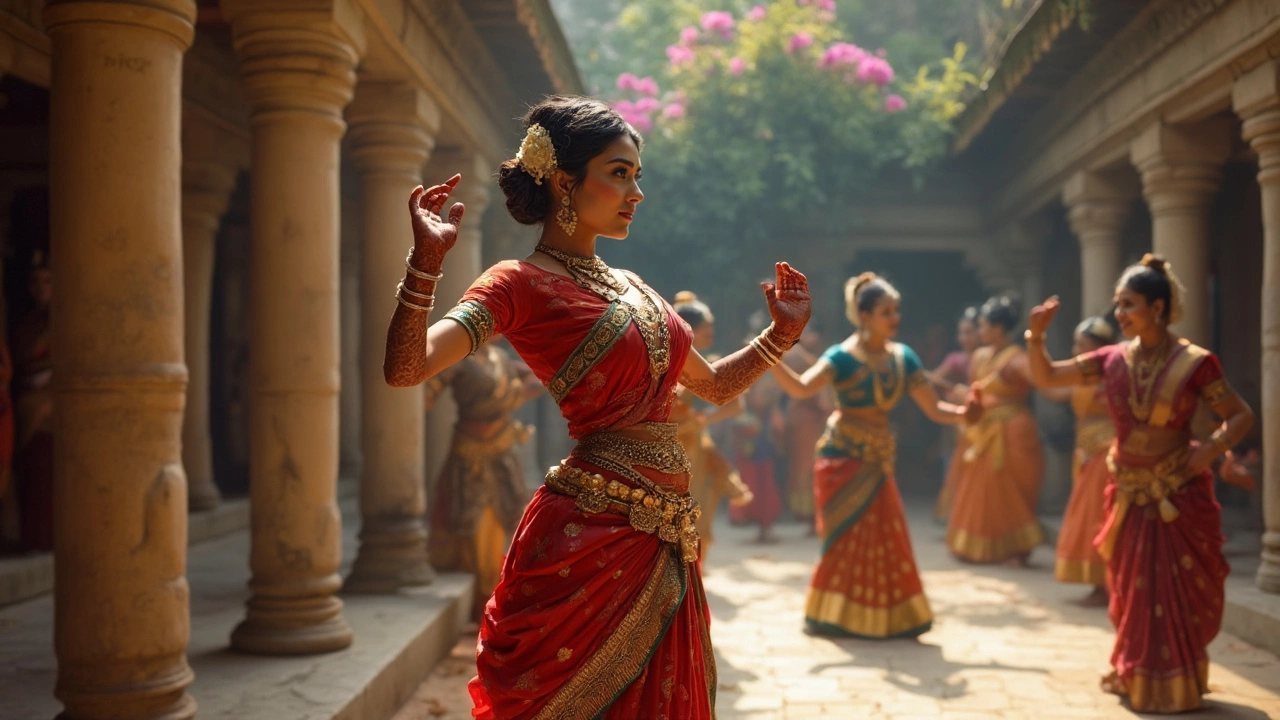Cultural Expression: How Tamil Communities Share Identity Through Art, Music, and Ritual
When we talk about cultural expression, the ways people use art, ritual, and daily practice to share who they are. Also known as living tradition, it’s not just about performance—it’s about memory, belonging, and passing down meaning without words. In Tamil Nadu and among Tamil communities worldwide, cultural expression isn’t something you watch—it’s something you live. It’s in the rhythm of a drum during Karakattam, the whispered chants of Theru Koothu, the sweetness of Diwali laddoos passed hand to hand, and even the nonsense syllables of bol banao, a rhythmic, wordless vocal tradition used in rural Indian folk music that carries emotion when language falls short.
It’s also why blue skin on gods like Krishna isn’t just artistic flair—it’s symbolism of divinity, a visual language rooted in ancient texts that speaks to infinity and cosmic power. These aren’t random choices. Every color, every step, every song is a thread in a larger tapestry. Cultural expression here doesn’t need a stage. It happens in temple courtyards, village squares, kitchen counters, and family altars. You see it in how Diwali is celebrated differently in Tamil households—blending with Karthigai Deepam’s oil lamps—than in the north. You hear it in the contrast between Carnatic music’s temple-rooted precision and Hindustani’s Persian-influenced improvisation. And you feel it in the quiet resistance of folk traditions like Puliyattam, where dancers mimic tigers not for spectacle, but to honor ancestral stories the textbooks forgot.
Some might think cultural expression is fading under modern pressures. But look closer. It’s adapting. The same hands that weave silk for temple dancers now stream performances online. The same voices that sang bol banao in rice fields now record it for YouTube. The Catholic Church’s caution about yoga? That’s another kind of cultural expression—how belief systems negotiate boundaries. What ties all this together isn’t just tradition—it’s intention. Every ritual, every song, every painted face carries a decision: to remember, to resist, to rejoice.
Below, you’ll find real stories from people who live this. Not theory. Not tourism. The messy, beautiful, loud, and quiet ways Tamil communities keep their culture breathing—through festivals, folk songs, misunderstood myths, and everyday acts of meaning.
